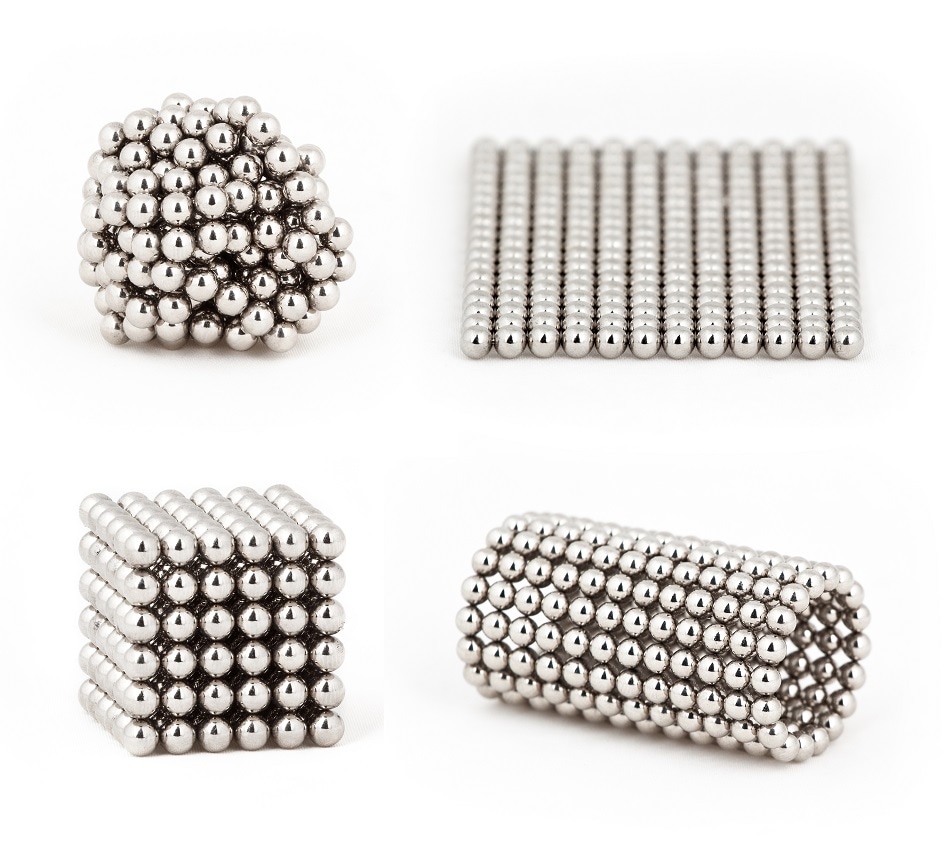May 23 2017

A research goal, for a short period, focused on attaining magnetic order in low-dimensional systems comprising of one or two dimensions. In a recent study featured in the journal Nature Communications, Uppsala researchers demonstrate that magnetic order can be produced in a two-dimensional chessboard lattice made up of organometallic molecules that are only one atomic layer in thickness.
Magnetic order is considered to be a common phenomenon in three-dimensional materials, such as ferromagnetic order in iron bar magnets, where the magnetic moments on every single iron atom point in the same direction. However, according to the Mermin-Wagner theorem, long-range magnetic order at temperatures higher than zero is not possible in one or two dimensions. A possibility to obtain a magnetic phase without this long-range order was recommended by Kosterlitz and Thouless (Nobel Prize 2016), who predicted the possibility of realizing a topological magnetic vortex, in which the magnetic moments point in varied directions and compensate each other, in a two-dimensional film.
Ehesan Ali and Peter Oppeneer, researchers from Uppsala University, have recently demonstrated that long-range magnetic order can be developed in custom designed molecular systems comprising of iron and manganese phthalocyanine molecules. This was demonstrated in an international collaboration with researchers from Switzerland and India. These molecules, which have immense similarities to the iron porphyrins that are detected in natural blood, were adsorbed on a gold metal surface. Instead of reacting with gold atoms, the molecules order themselves in a two-dimensional chessboard pattern made up of alternating iron and manganese-based molecules. The researchers were able to demonstrate magnetic order at low temperatures of only a few degrees Kelvin in this two-dimensional molecule lattice.
The Uppsala researchers, with the help of large-scale computer simulations, succeeded in demonstrating a weak interaction between magnetic moments on the neighboring molecule, which were passed through the gold electrons, this is referred to the so-called Ruderman-Kittel-Kasuya-Yosida (RKKY) interaction. The gold’s electrons sense the spin magnetic moments on the molecule and then pass on this information to the neighboring molecule even though the metal phthalocyanine molecules do not react chemically with the noble metal gold.
The researchers also discovered that the Kondo screening, which is another fundamental physical interaction, counteracted the magnetic order. This took place because the gold electrons modified their spin magnetic moments in order to neutralize the molecule’s moment, something they failed to succeed in to a certain extent, and thus long-range magnetic order was developed.
It was amazing that our careful calculations could establish how magnetic order is formed in the molecular layer. Our discovery can pave the way for studying thus far unknown quantum magnetic states, and contributes to the realization of molecular quantum spintronics.
Peter Oppeneer, Professor, Department of Physics and Astronomy, Uppsala University